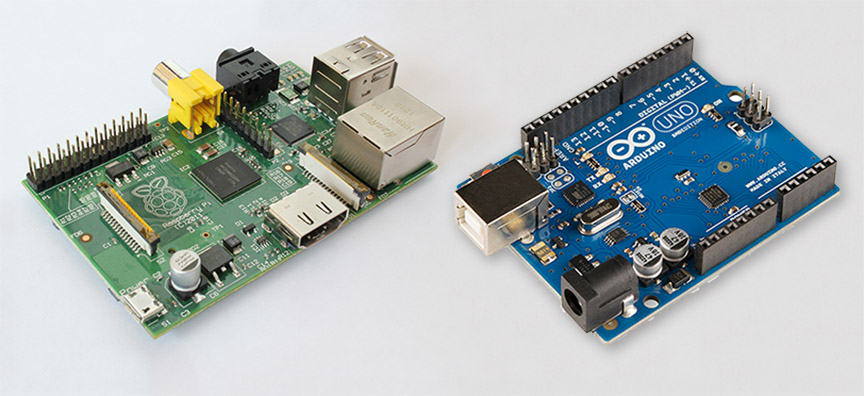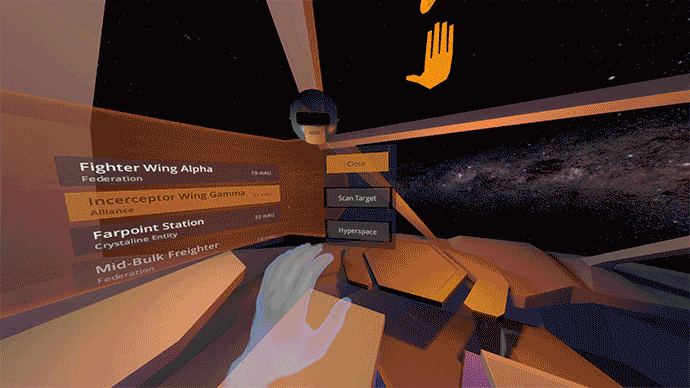At its most powerful, education harnesses our natural curiosity as human beings to understand the universe and everything in it. This week on the blog, we’re exploring what it means to actually reach into knowledge – and why developers are at the forefront of how the next generation is learning about the world they live […]
// Alex Colgan
The world is changing – can you hack it? At Leap Motion, we believe that the next wave of technological interfaces will rely on the original human operating system: your hands. Whether you’re giving people the power to grab a skeleton, reaching into a human heart, or teaching anyone how to program, hands are powerful.
In the tech world, “making the world a better place” has become a bit of a cliché. But with over a billion people living with some form of disability or impairment, medical technology can make a huge difference in people’s everyday lives. That’s why Virtualware is using Leap Motion technology to help people recovering from […]
With the 3D Jam just around the corner, we thought we’d give you a headstart – with a full guide to the very latest resources to bring your to life. In this post, we’ll cover everything you need to know about our integrations and best practices for augmented and virtual reality, desktop, and the Internet of Things. A […]
What makes a collection of pixels into a magic experience? The art of storytelling. At the latest VRLA Summer Expo, creative coder Isaac Cohen (aka Cabbibo) shared his love for the human possibilities of virtual reality, digital experiences, and the power of hugs. Isaac opens the talk by thinking about how we create the representation […]

Among developers, interactive designers, and digital artists, Processing is an enormously popular way to build compelling experiences with minimal coding. We’ve seen hundreds of Leap Motion experiments using Processing, from Arduino hacks to outdoor art installations, and the list grows every week.
James Britt, aka Neurogami, is the developer behind the LeapMotionP5 library, which brings together our Java API with the creative power of Processing. He’s just rolled out a major update to the library, including a new boilerplate demo and a demo designed to bridge hand input with musical output. We caught up with James to ask about the library, his latest examples, and how you can get started.

For hardware hackers, boards like Arduino and Raspberry Pi are the essential building blocks that let them mix and mash things together. But while these devices don’t have the processing power to run our core tracking software, there are many ways to bridge hand tracking input on your computer with the Internet of Things.
In this post, we’ll look at a couple of platforms that can get you started right away, along with some other open source examples. This is by no means an exhaustive list – Arduino’s website features hundreds of connective possibilities, from different communication protocols to software integrations. Whether you connect your board directly to your computer, or send signals over wifi, there’s always a way to hack it.
When virtual reality and musical interface design collide, entire universes can be musical instruments. Created by artists Rob Hamilton and Chris Platz for the Stanford Laptop Orchestra, Carillon is a networked VR instrument that brings you inside a massive virtual bell tower. By reaching into the inner workings and playing with the gears, you can create hauntingly beautiful, complex music.

